On March 11, PPPL opened its new Quantum Diamond Lab, a space devoted to studying and refining the processes involved in using plasma, the electrically charged fourth state of matter, to create high-quality diamond material for quantum information science applications.
Tag: Plasma Physics and Controlled Fusion
Early career scientist wins prestigious Hungarian physics award
Laszlo Horvath, an early career physicist at PPPL, is the winner of the 2022 Károly Simonyi Memorial Plaque from the Hungarian Nuclear Society.
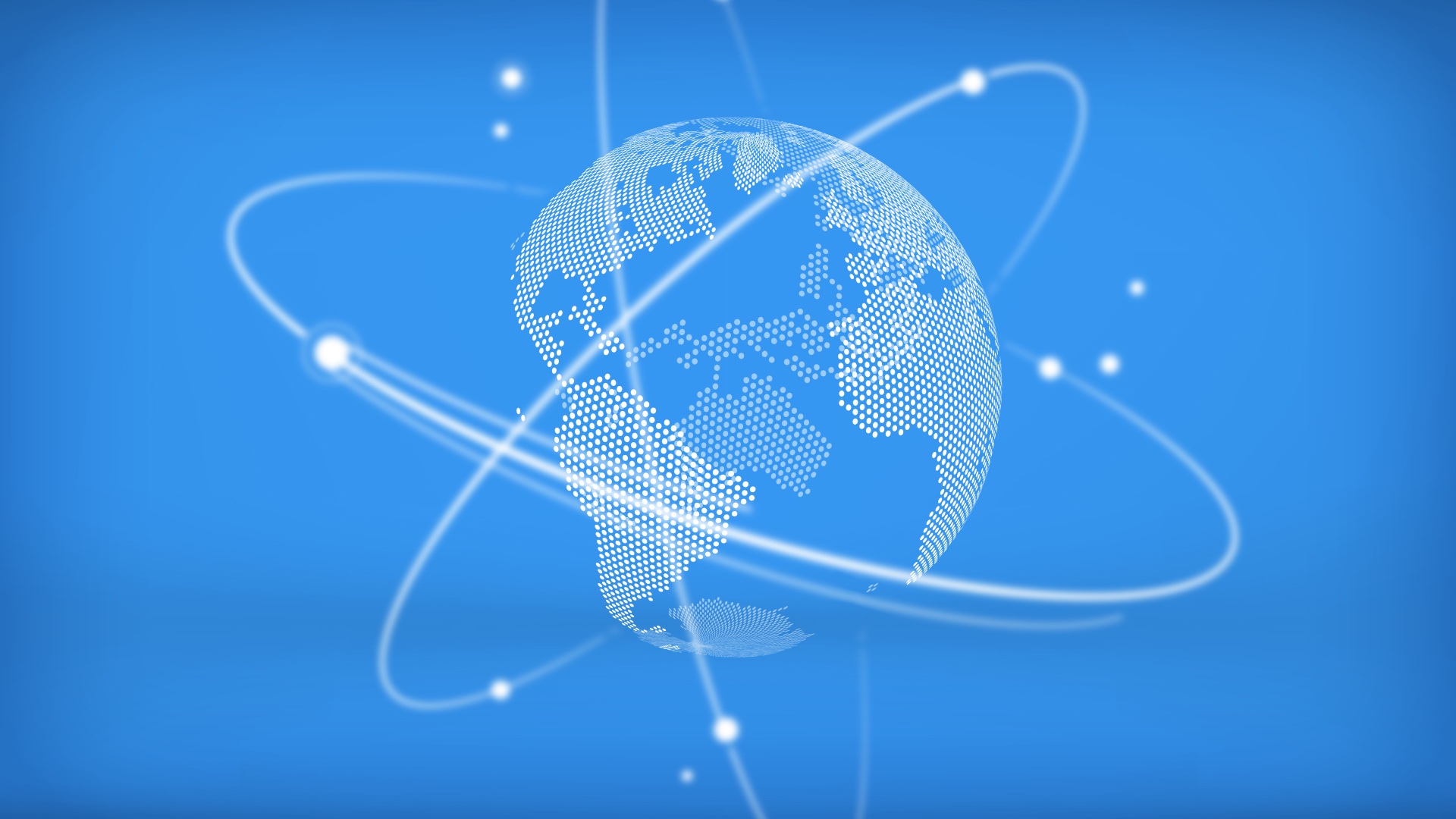
PPPL hosts workshop on fusion energy and nonproliferation
PPPL hosted a workshop on fusion energy and nuclear nonproliferation at Princeton University on Jan. 25 and 26. Participants included representatives from government, national laboratories, Princeton University, other academic institutions, and private fusion developers.
UAH researchers win awards totaling $750K to advance steps toward “holy grail” fusion clean energy project
Mechanical and aerospace engineering faculty at The University of Alabama in Huntsville (UAH) have won a pair of research awards totaling $750,000 to collaborate with the Los Alamos National Laboratory (LANL) on research to advance knowledge toward one of the most sought-after goals of plasma physics, plasma fusion energy. This project marks the first experimental collaboration between the university and the LANL, helping to bring fusion and high energy density (HED) plasma research to UAH, a part of The University of Alabama System.
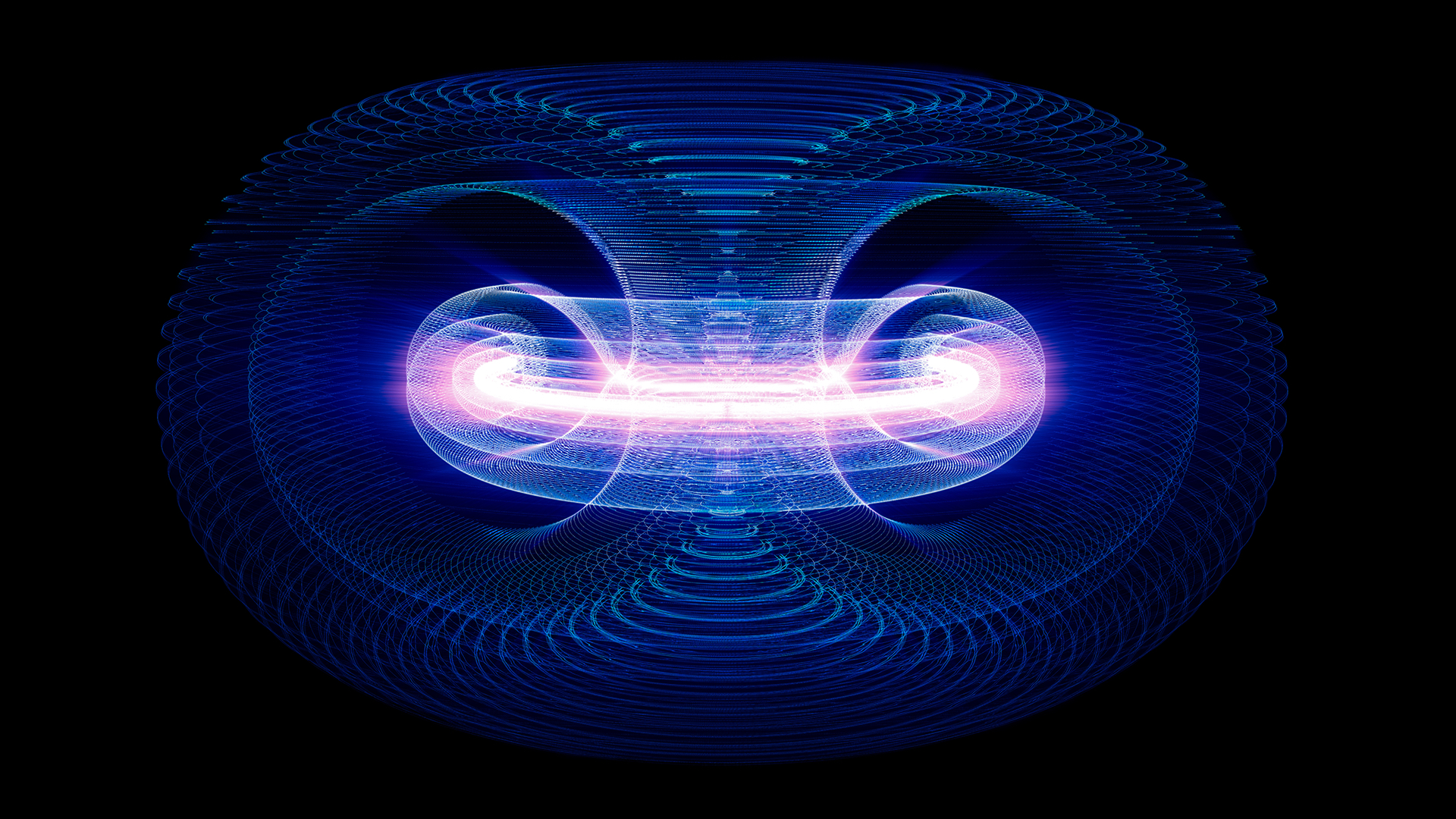
PPPL awarded more than $12 million to speed development of a fusion pilot plant
The U.S. Department of Energy has awarded PPPL funding of more than $12 million to work with laboratories around the world to accelerate the development of a pilot plant powered by the carbon-free fusion energy that drives the sun and stars and can counter climate change.
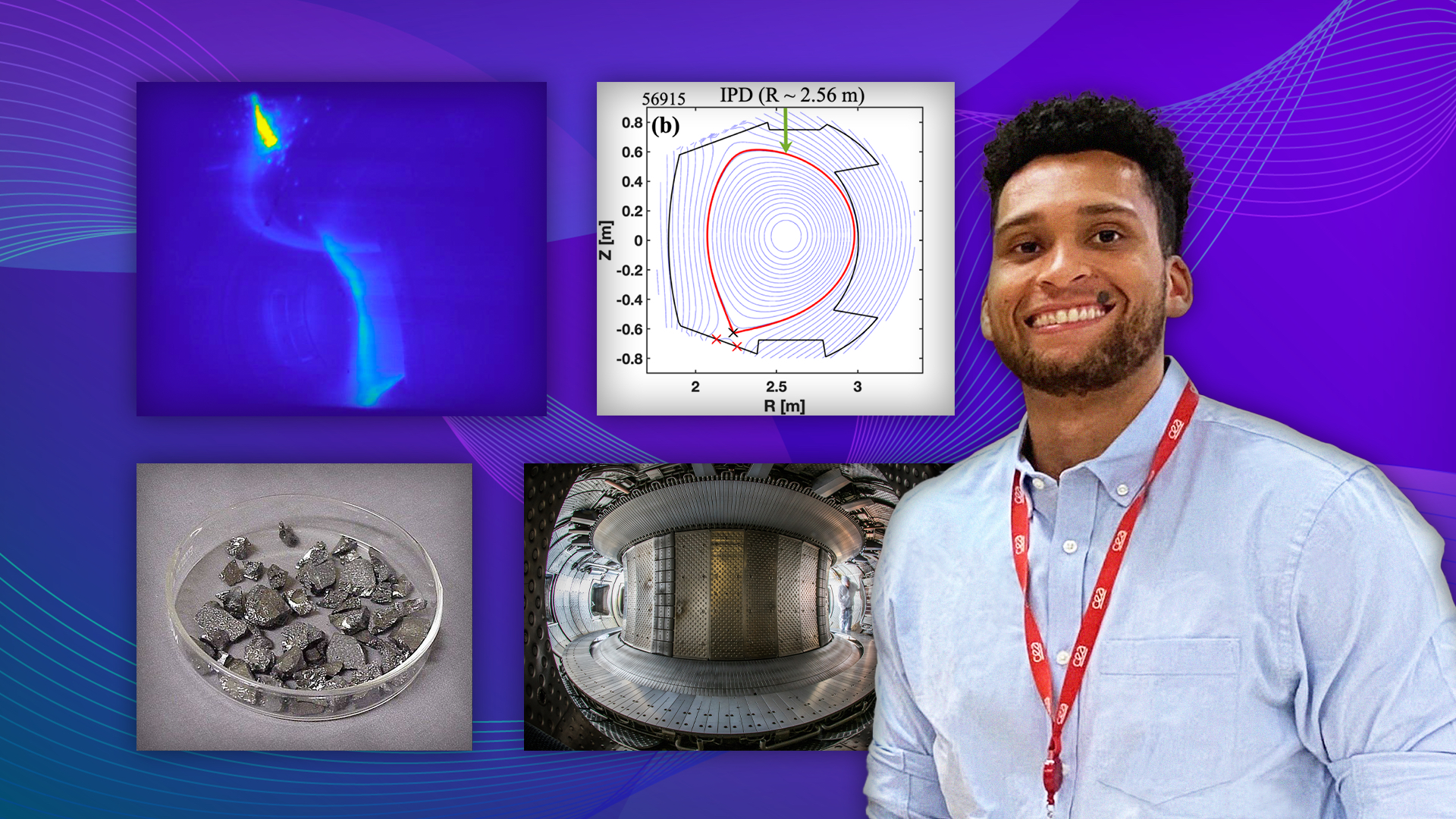
Elemental research: Scientists apply boron to tungsten components in fusion facilities
Scientists at have conducted research showing that a PPPL-developed powder dropper can successfully drop boron powder into high-temperature plasma within tokamaks that have parts made of a heat-resistant material known as tungsten.
PPPL in the spotlight: national CBS news program focuses on fusion energy
The U.S. Department of Energy’s Princeton Plasma Physics Laboratory and Steve Cowley, PPPL’s director, were featured on the July 23 “CBS Saturday Morning.”

PPPL launches project to build the Princeton Plasma Innovation Center
PPPL moved forward with plans to build the Princeton Plasma Innovation Center (PPIC), a new state-of-the-art office and laboratory building and the first new building on campus in 50 years. The project kicked off during a meeting with architects on July 8.
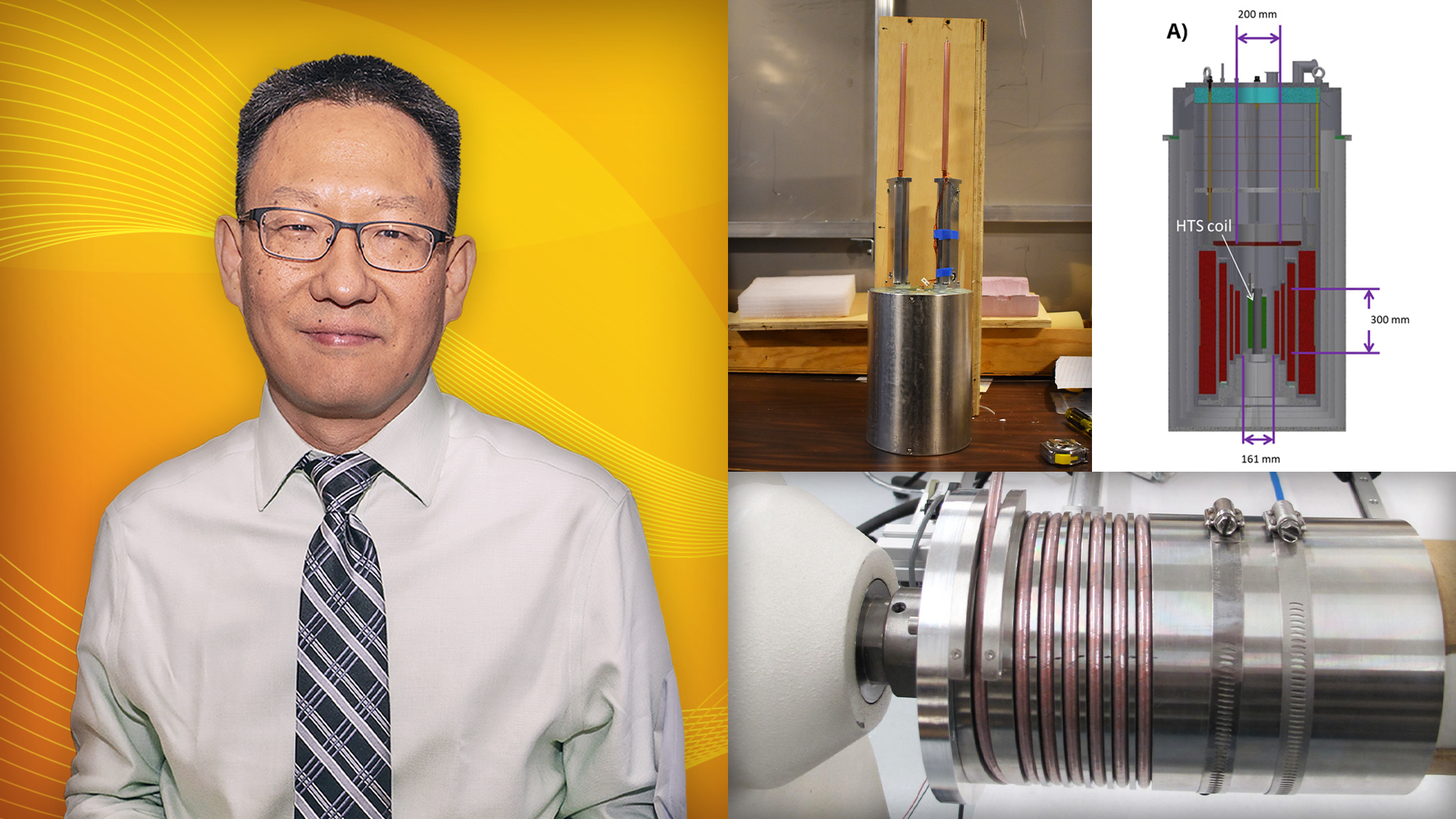
Smaller, stronger magnets could improve devices that harness the fusion power of the sun and stars
PPPL researchers have found a way to build powerful magnets smaller than before, aiding the design and construction of machines that could help the world harness the power of the sun to create electricity without producing greenhouse gases that contribute to climate change.
New feedback system can improve efficiency of fusion reactions
PPPL scientists have refined the use of magnetic fields to improve the performance of doughnut-shaped fusion facilities known as tokamaks. The improved technique protects internal parts from damage by instabilities and allows tokamaks to operate for longer without pausing.
Uncovering a novel way to bring to Earth the energy that powers the sun and stars
PPPL scientists have uncovered critical new details about fusion facilities that use lasers to compress the fuel that produces fusion energy. The new data could help lead to the improved design of future laser facilities that harness the fusion process that drives the sun and stars.
Physicist Greg Hammett honored for his work advancing understanding of fusion plasmas
Theoretical and computational physicist Greg Hammett, a leader in advancing understanding of the complex turbulence that controls the performance of fusion plasmas and a dedicated educator, has been named a 2021 Distinguished Scientist Fellow by the DOE’s Office of Science.
Three PPPL scientists win competitive awards to conduct frontier plasma science work
World-class expertise in the study of plasma — the hot, charged state of matter composed of free electrons and atomic nuclei, or ions, that makes up 99 percent of the visible universe — has won frontier science projects for three physicists at PPPL.
The Lab in the living room: Summer interns delve into plasma and fusion research from their homes
Summer interns working for PPPL did hands-on research from their computers in their bedrooms or on their dining room tables all over the U.S. They worked closely with PPPL physicists and engineers on research aimed at understanding ionized gases called plasmas.
Cross-pollinating physicists use novel technique to improve the design of facilities that aim to harvest fusion energy
Scientists at PPPL have transferred a technique from one realm of plasma physics to another to enable the more efficient design of powerful magnets for doughnut-shaped fusion facilities known as tokamaks.
Students at institutions across the U.S. learn about plasma and fusion research in new program managed by PPPL
This new program will allow undergraduates to conduct research in a wide range of plasma physics topics, including fusion energy, general plasma science, astrophysical plasmas, and accelerator physics.
Scientists propose source of unexplained solar jets
Nothing seems more familiar than the sun in the sky. But mysterious swirls, jets, and flashes of powerful light that scientists cannot explain occur in the sun’s outer atmosphere all the time. Now, researchers at PPPL have gained insight into these puzzling phenomena.
Swiss-cheese design could help scientists harness the power of the sun
The big holes in Swiss cheese help make it a tasty treat. Now, scientists at PPPL are adding tiny, Swiss-cheese-type holes to components to improve the process of bringing to Earth the fusion energy that powers the sun and stars.
Intern talks about his upcoming summer of research and fusion energy with Energy Secretary Jennifer Granholm
An intern about to start a Science Undergraduate Laboratory Internship (SULI) at PPPL and another University of Texas-Dallas student kicked off their summer with a friendly online chat with U.S. Energy Secretary Jennifer Granholm about their plans for the summer.
Space weather and solar blobs
Scientists at PPPL have been awarded three grants from NASA totaling over $2 million to conduct research that could help predict the potentially damaging effects of blasts of subatomic particles from the sun.
New computer model helps brings the sun into the laboratory
Every day, the sun ejects large amounts of a hot particle soup known as plasma toward Earth where it can disrupt telecommunications satellites and damage electrical grids. Now, scientists have made a discovery that could lead to better predictions of this space weather.
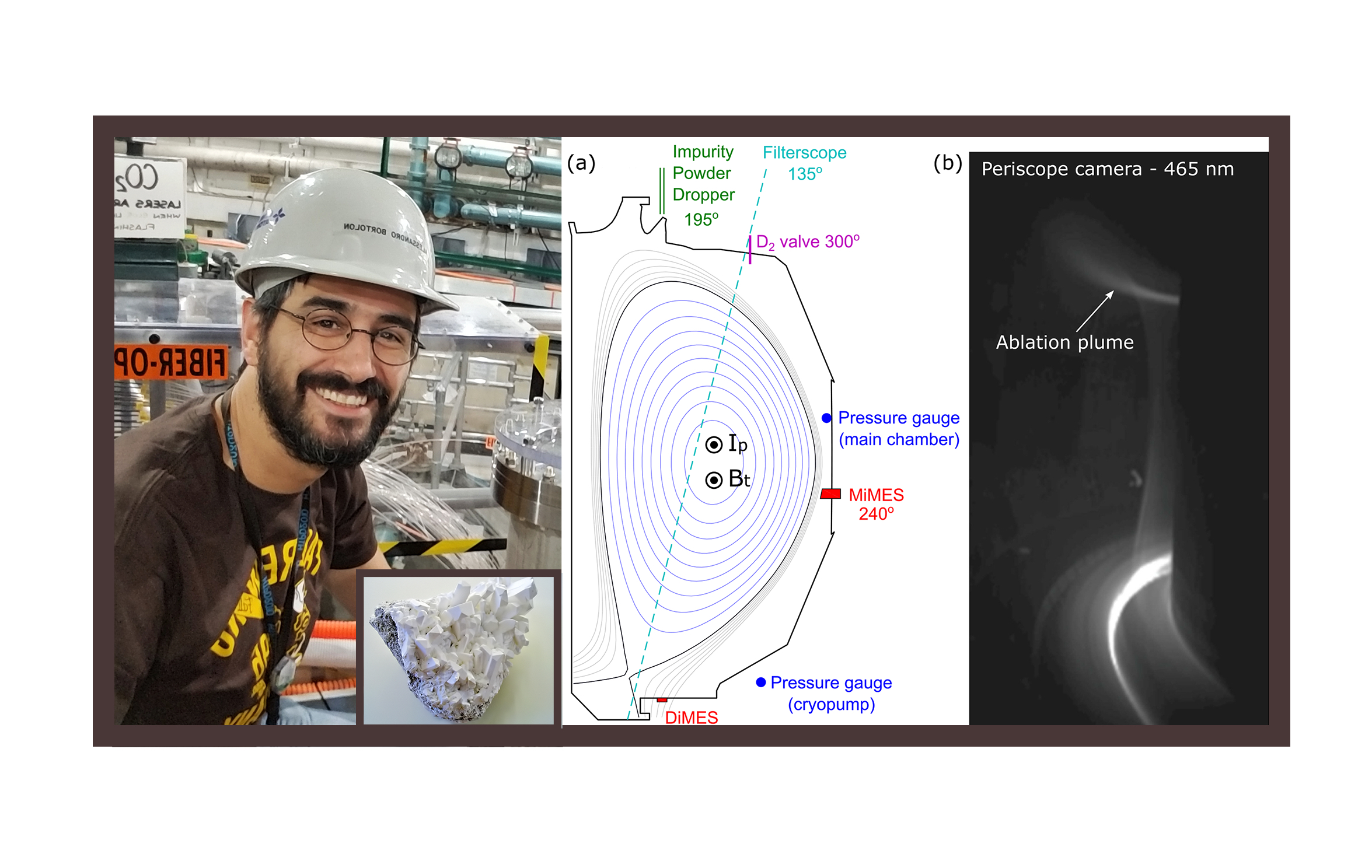
Research confirms ingredient in household cleaner could improve fusion reactions
Research led by PPPL scientists provides new evidence that particles of boron, the main ingredient of Borax household cleaner, can coat internal components of doughnut-shaped plasma devices known as tokamaks and improve the efficiency of the fusion reactions.
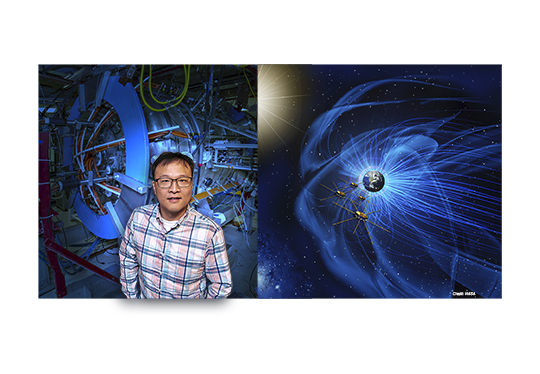
Scientists find clues to a process occurring throughout the universe that affects fusion energy
New research reveals a surprising insight into the physics behind magnetic reconnection. The findings could lead to a greater ability to predict space weather.
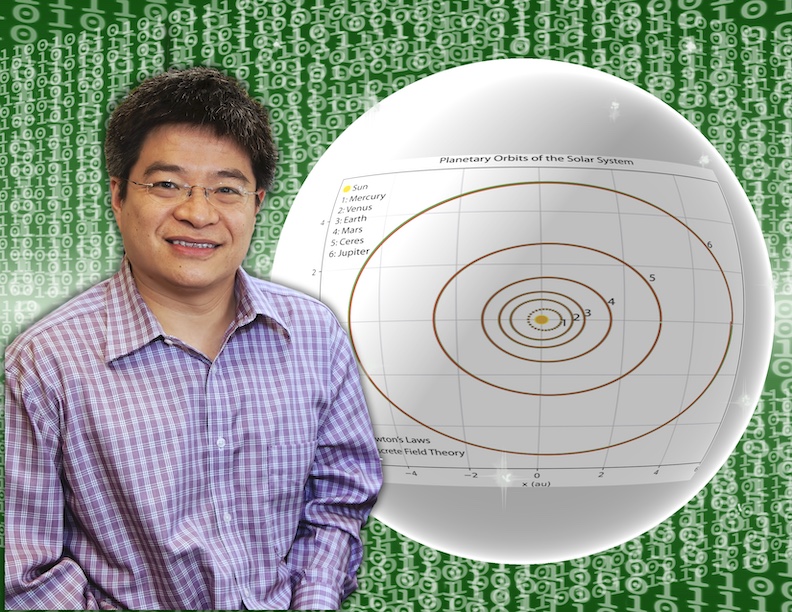
New machine learning theory that can be applied to fusion energy raises questions about the very nature of science
A novel computer algorithm, or set of rules, that accurately predicts the orbits of planets in the solar system could be adapted to better predict and control the behavior of the plasma that fuels fusion facilities designed to harvest on Earth the fusion energy that powers the sun and stars.

New concept for rocket thruster exploits the mechanism behind solar flares
A new type of rocket thruster that could take humankind to Mars and beyond has been proposed by a physicist at PPPL. The device would apply magnetic fields to cause particles of plasma to shoot out the back of a rocket and propel the craft forward.
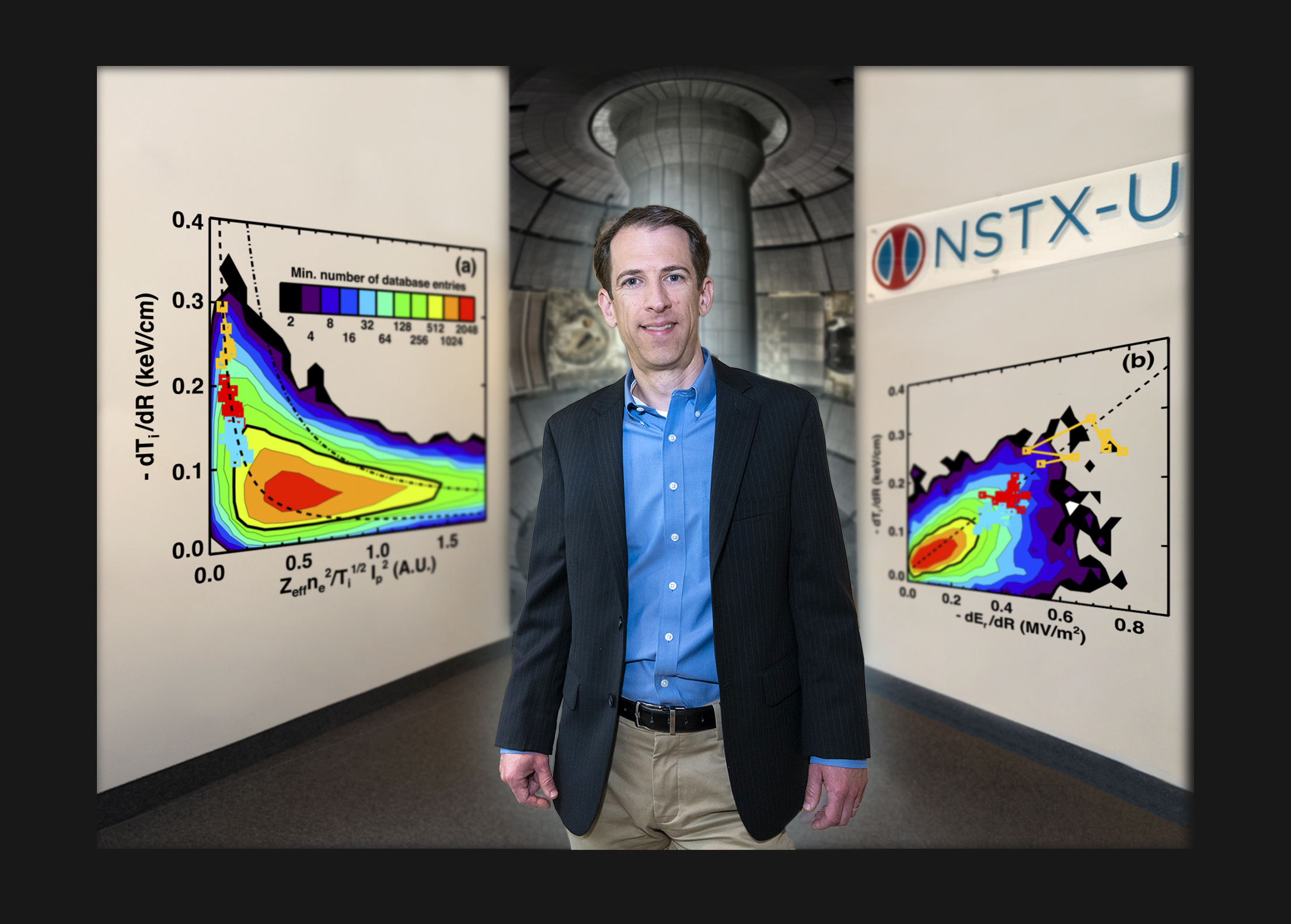
Building a star in a smaller jar
Researchers at PPPL have gained a better understanding of a promising method for improving the confinement of superhot fusion plasma using magnetic fields.

PPPL physicist wins third place at Innovation Forum for advanced liquid centrifuge invention
Physicist Erik Gilson won third place at the Princeton University Keller Center’s 15th Annual Innovation Forum for his invention with a team of PPPL researchers of an advanced liquid centrifuge.

Graduate students gather virtually for summer school at PPPL
Students attending the third annual graduate summer school at PPPL gathered virtually, due to travel restrictions, to get a broad overview of the field of plasma physics.
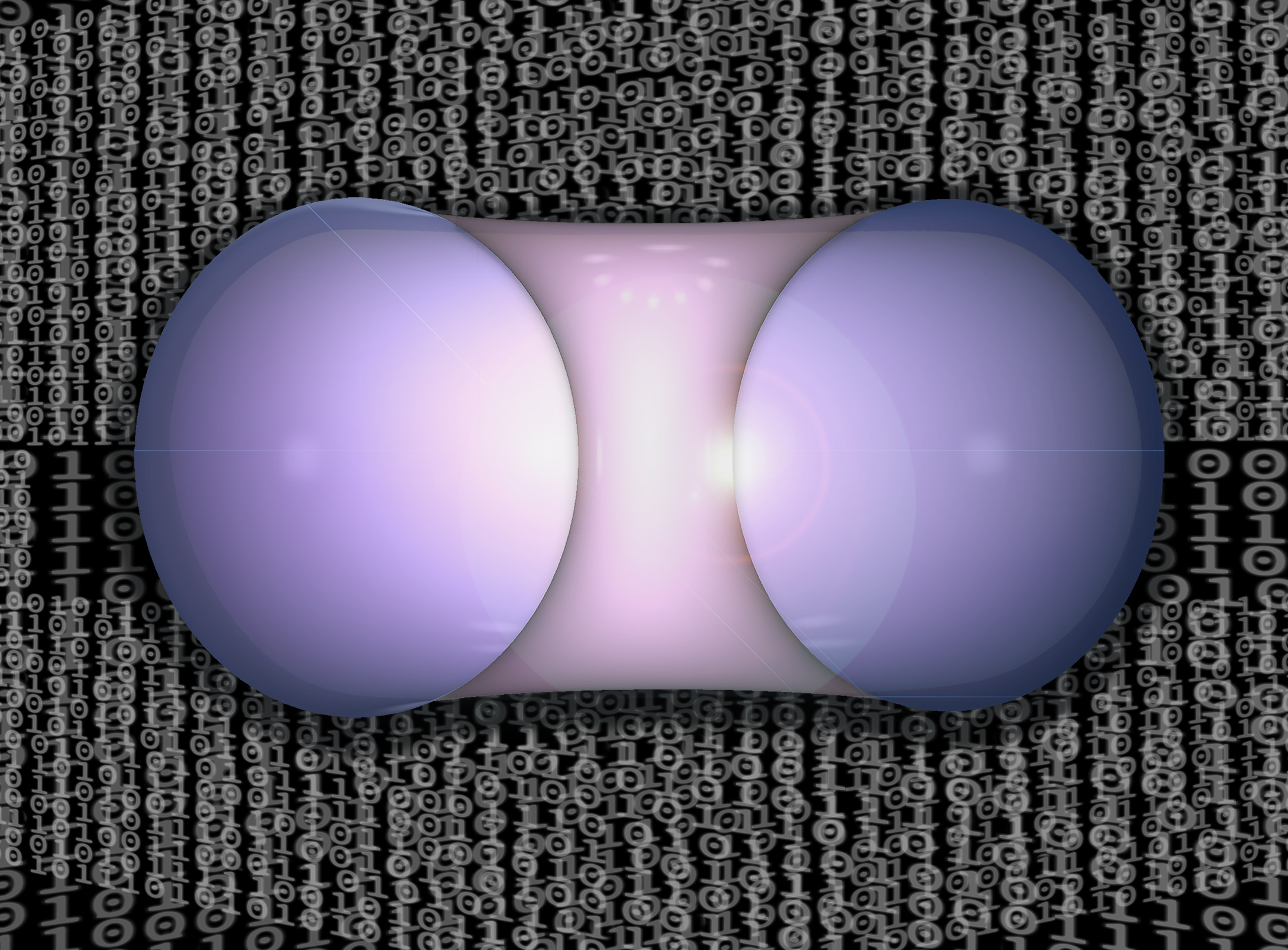
Scientists develop forecasting technique that could help advance quest for fusion energy
An international group of researchers has developed a technique that forecasts how tokamaks might respond to unwanted magnetic errors. These forecasts could help engineers design fusion facilities that create a virtually inexhaustible supply of safe and clean fusion energy to generate electricity.

Researchers find unexpected electrical current that could stabilize fusion reactions
PPPL scientists have found that electrical currents can form in ways not known before. The novel findings could give researchers greater ability to bring the fusion energy that drives the sun and stars to Earth.
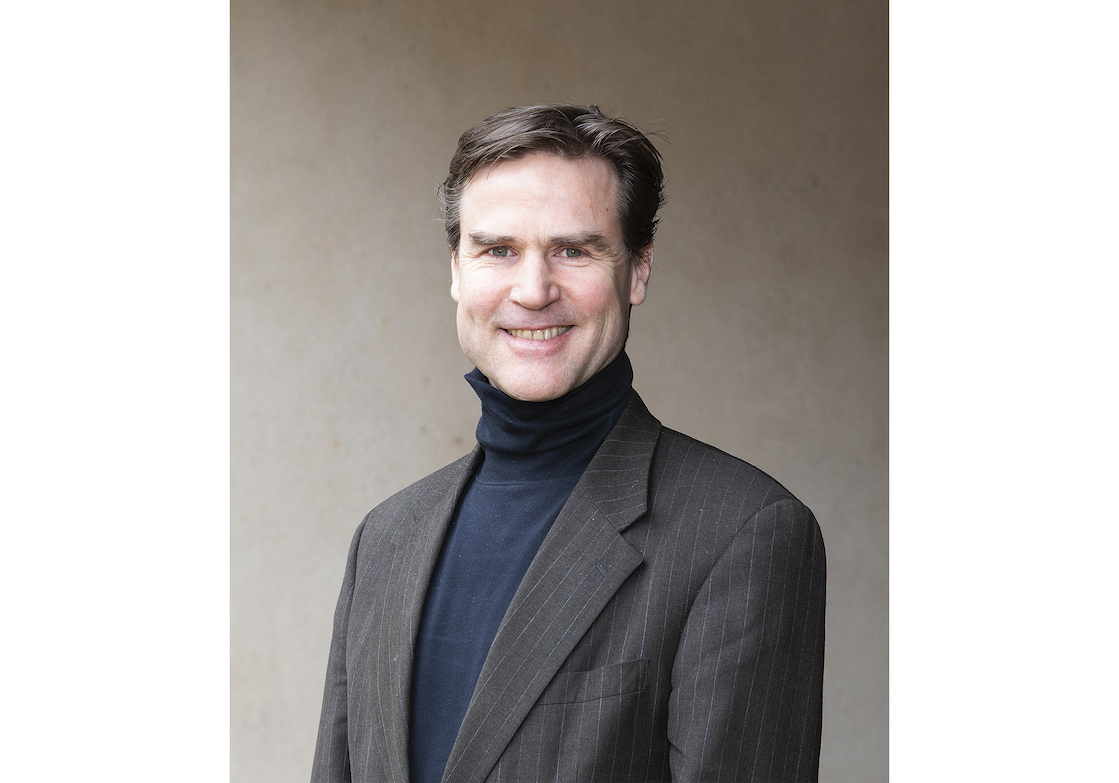
Revised code could help improve efficiency of fusion experiments
Researchers led by PPPL have upgraded a key computer code for calculating forces acting on magnetically confined plasma in fusion energy experiments. The upgrade will help scientists further improve the design of breakfast-cruller-shaped facilities known as stellarators.
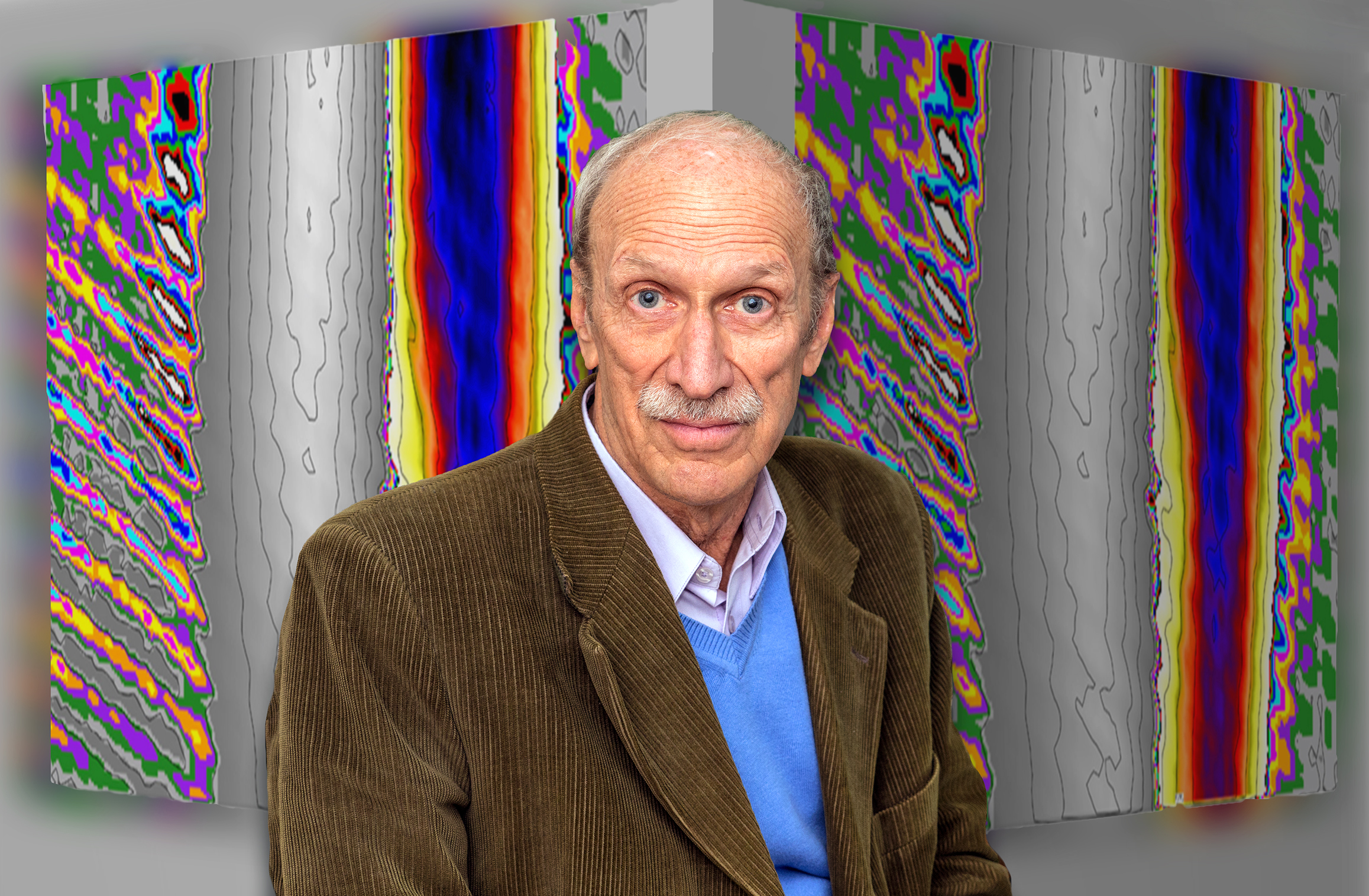
While birds chirp, plasma shouldn’t: New insight could advance development of fusion energy
Scientists at PPPL have furthered understanding of a barrier that can prevent doughnut-shaped fusion facilities known as tokamaks from operating at high efficiency by causing vital heat to be lost from them.
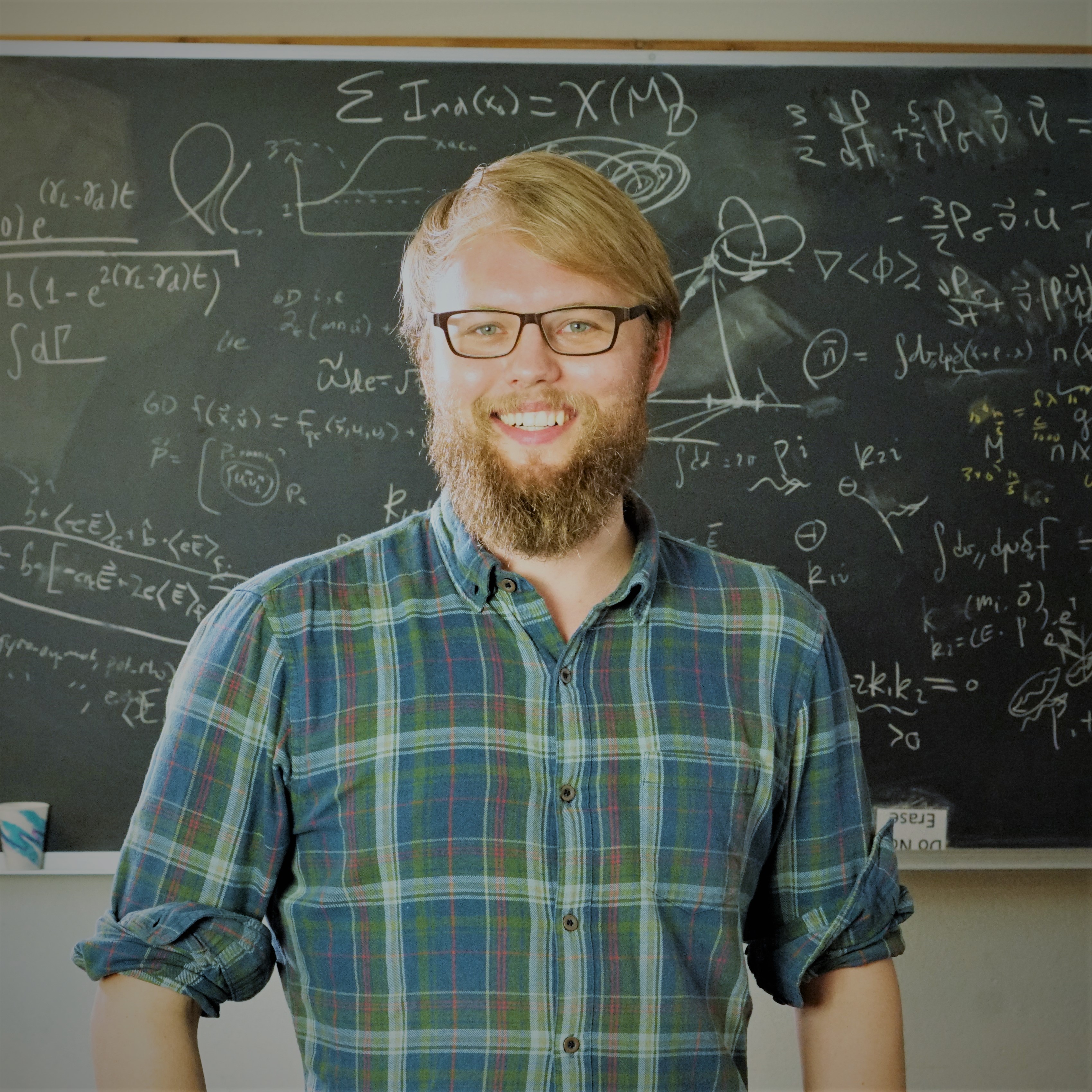
Mathematical noodling leads to new insights into an old fusion problem
Scientists at PPPL have gained new insight into a common type of plasma hiccup that interferes with fusion reactions. These findings could help bring fusion energy closer to reality.
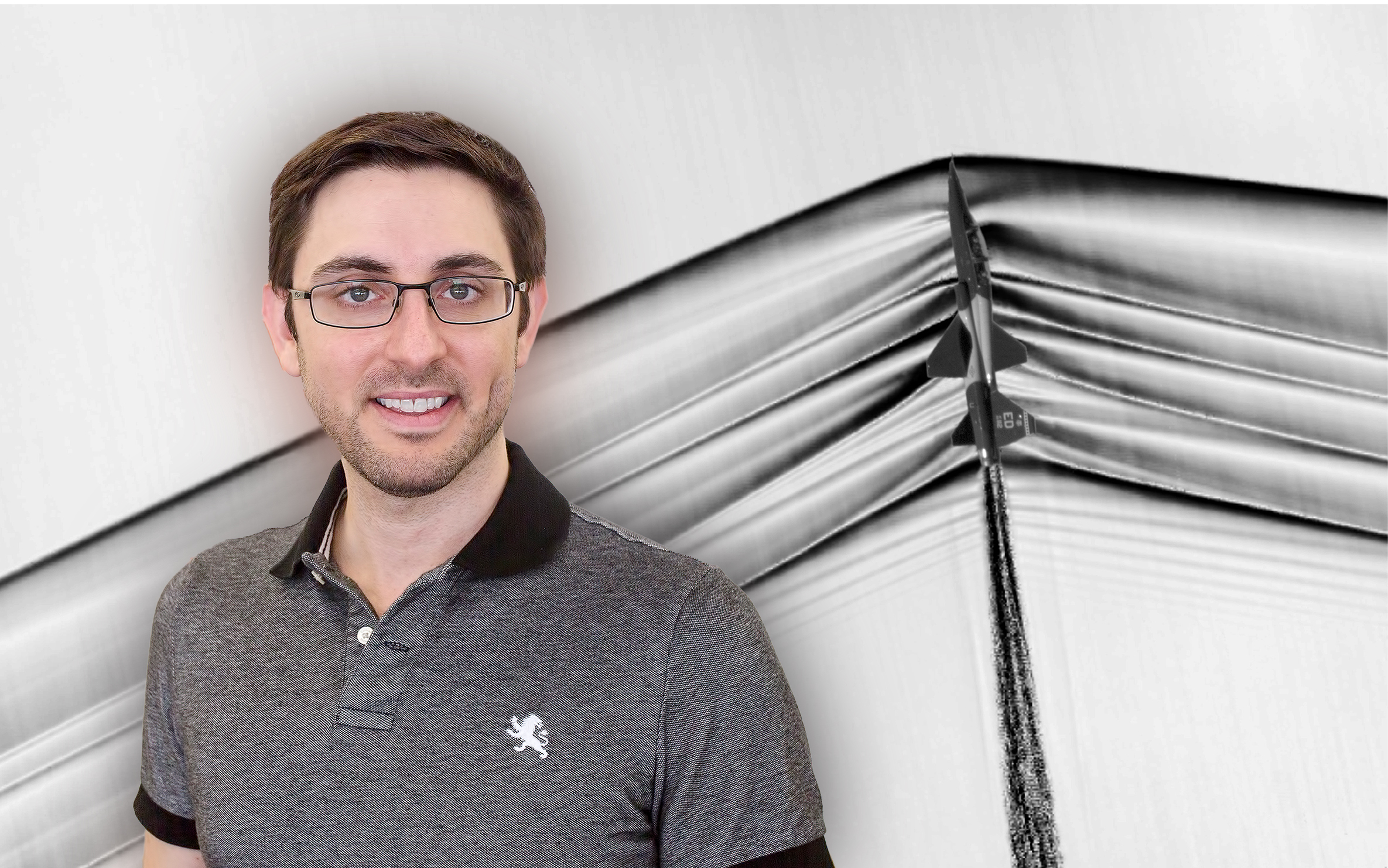
New research deepens understanding of Earth’s interaction with the solar wind
A team of scientists at PPPL and Princeton University has reproduced a process that occurs in space to deepen understanding of what happens when the Earth encounters the solar wind.
Former PPPL intern honored for outstanding machine learning poster
The American Physical Society (APS) has recognized a former PPPL summer intern for producing an outstanding research poster at the world-wide APS Division of Plasma Physics (DPP) gathering last October. The student used machine learning to accelerate a leading PPPL computer code known as XGC.
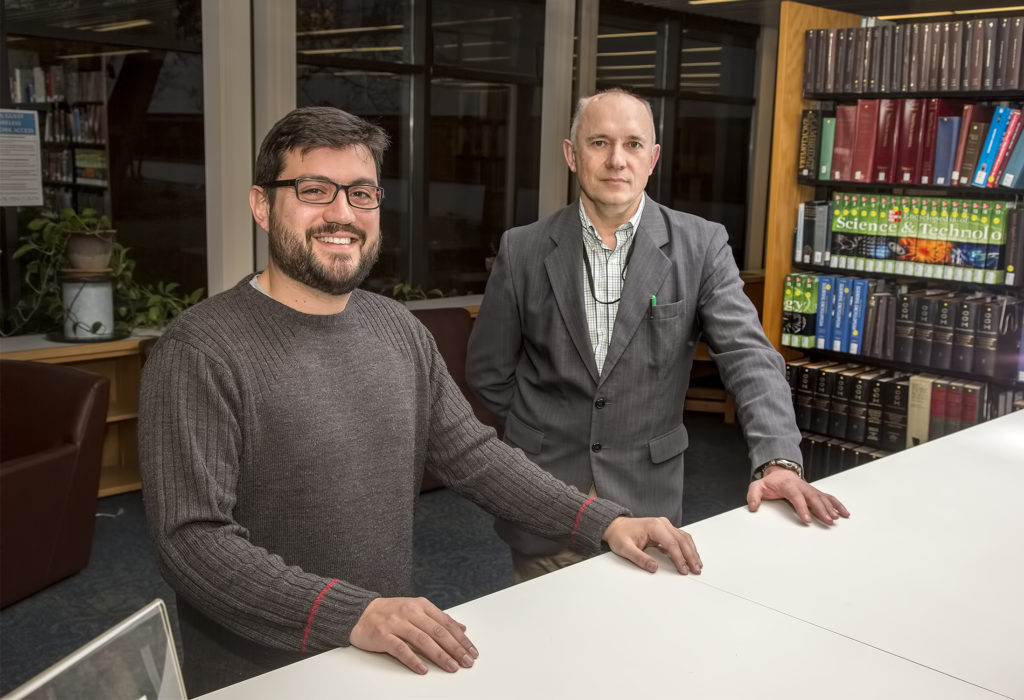
New computer code could reach fusion faster
Scientists often make progress by coming up with new ways to look at old problems. That has happened at PPPL, where physicists have used a simple insight to capture the complex effects of many high-frequency waves in a fusion plasma.
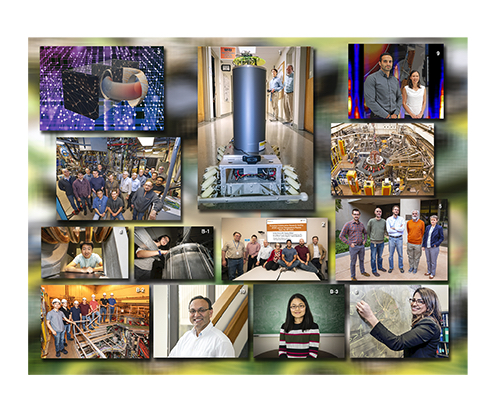
Ten not-to-be-missed PPPL stories from 2019 — plus a triple bonus!
Arms control robots, a new national facility, and accelerating the drive to bring the fusion energy that powers the stars to Earth: Ten (and a triple bonus!) Must-Read Stories of 2019 from PPPL

Batten down the hatches: Preventing heat leaks to help create a star on Earth
PPPL physicists have identified a method by which instabilities can be tamed and heat can be prevented from leaking from fusion plasma, giving scientists a better grasp on how to optimize conditions for fusion in devices known as tokamaks.
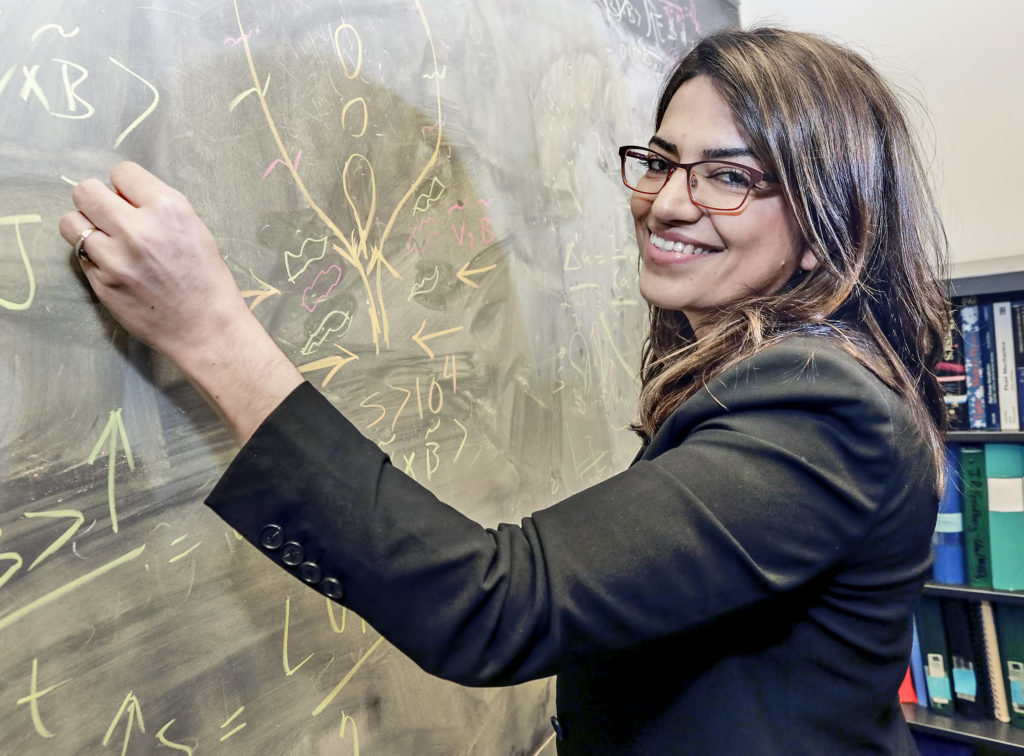
Blowing bubbles: PPPL scientist confirms novel way to launch and drive current in fusion plasmas
PPPL physicist Fatima Ebrahimi has used high-resolution computer simulations to confirm the practicality of the CHI start-up technique. The simulations show that CHI could produce electric current continuously in larger, more powerful tokamaks than exist today to produce stable fusion plasmas.